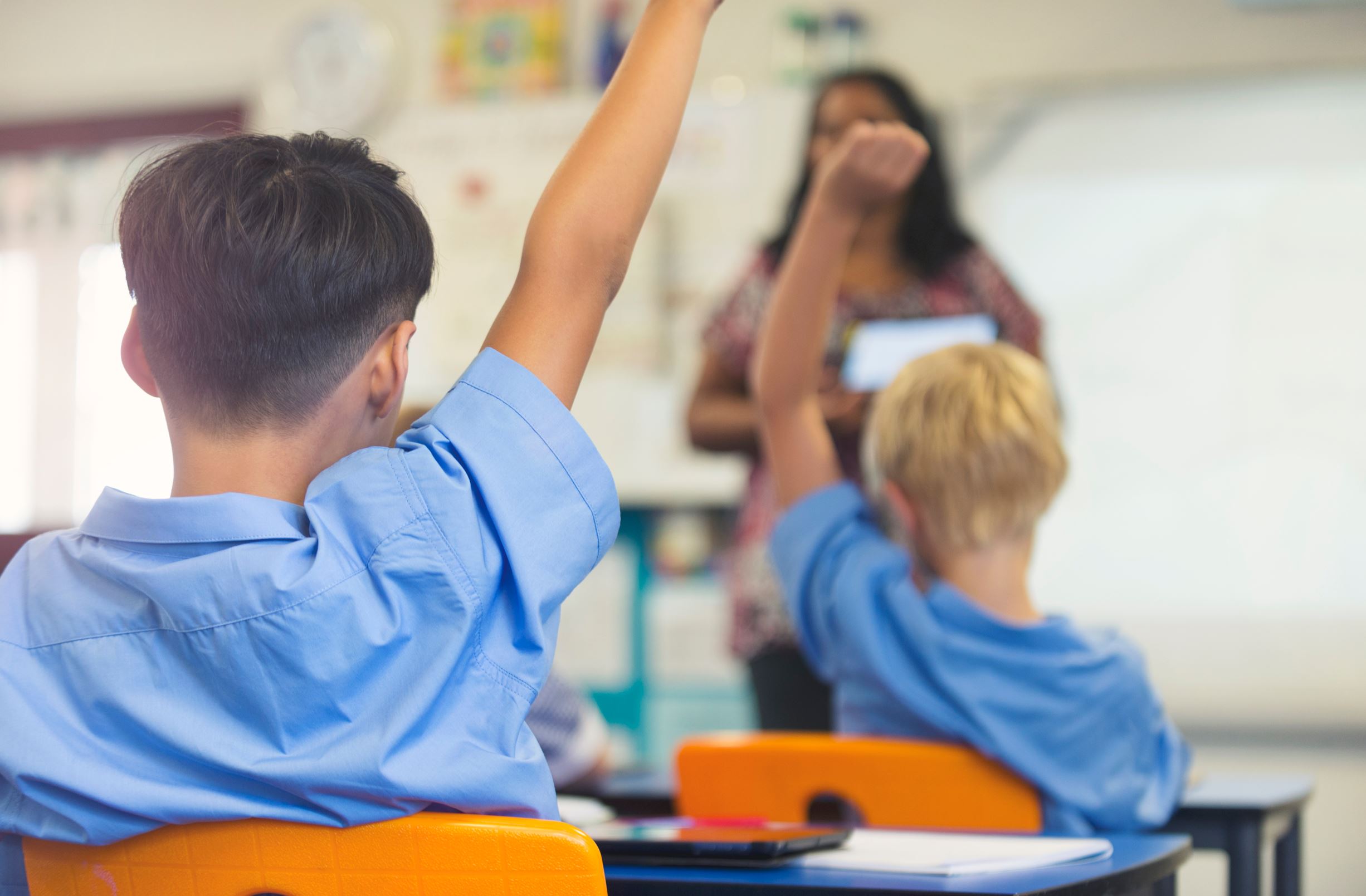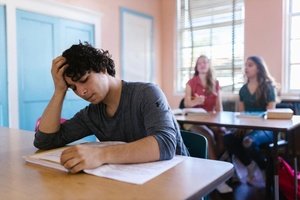Tabled in Parliament on Wednesday, the Government’s Teacher Supply and Demand Report 2022 is more than a year overdue and warns that unless sufficient incentives are put in place to attract and retain teachers, there won’t be enough to meet demand.
A shortfall of more than 5000 teachers is expected over the forecast period, the report flags – an undersupply felt most keenly in secondary schools, where demand will increase by 16.4 per cent and supply by 8.1 per cent.
“Demand drivers include increased enrolments and increased funding per student for new programs and staff,” the report said.
However, the report notes that it’s modelling does not include the expected positive supply impact of Victorian Government investments, including $93.2 million for 8000 secondary teaching scholarships, $32.2 million for paid student-teacher placements, plus initiatives totalling $95.7 million to support early career and returning teachers in schools.
Yet the application rate for teaching positions has also declined “substantially”, falling from an average of 10.6 applications per vacancy in 2020, to 2.8 applications per vacancy in 2022.
On average, vacancies in Melbourne schools attract 2.1 more applications than those in regional and remote locations, the report found.
In secondary schools, vacancies for English teachers were the highest (2876), followed by mathematics teachers (2406), science teachers (2196), and health and physical education teachers (2183).
In December last year, Shadow Minister for Education Jess Wilson urged the Allan Government to “stop hiding the true state of our teacher shortage crisis” and release the report.
Noting there were more than 2000 advertised teacher job vacancies across Victoria at the time, and with 9 in 10 public school principals declaring teacher shortages, Wilson accused the Government of “wasting taxpayer dollars on programs that are not solving the problem”.
This week The Age reported Wilson said it was now clear why the Government had “kept this report secret” for over a year, with the figures showing “ever-growing vacancies, fewer applications and more teachers leaving the profession”.
Reduced student-to-teacher ratios across public schools had also been achieved, the report noted.
“Victorian schools on average had fewer students per teaching staff compared to all Australian states (equal with Tasmania),” it said.
The latest PISA data showed educational outcomes for 15-year-old Victorian students across reading, mathematics and science are at record lows.
















